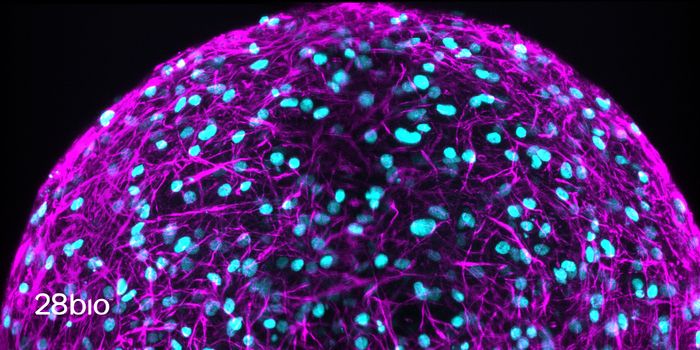Cancer
NSAIDs Stave Off Cancer Recurrence for Overweight Breast Cancer Patients, Study Finds
SEP 04, 2014 12:00 AM PDT
Share
Is That Your Dog? It
 You've probably seen them. The pudgy wrinkled man walking his bulldog down the street, the lean elegant woman with her coiffed standard poodle. Researchers have long observed that people can match photos of dogs to their owners at a rate greater than pure chance would explain. But why? This holds true even when obvious reasons such as obese owners with obese dogs (The assumption being that they overfeed their dogs they way they themselves overeat.) are controlled for.
You've probably seen them. The pudgy wrinkled man walking his bulldog down the street, the lean elegant woman with her coiffed standard poodle. Researchers have long observed that people can match photos of dogs to their owners at a rate greater than pure chance would explain. But why? This holds true even when obvious reasons such as obese owners with obese dogs (The assumption being that they overfeed their dogs they way they themselves overeat.) are controlled for.Dr. Sadahiko Nakajima, a psychologist from Kwasei Gakuin University in Japan set to find out why. He conducted a study involving 502 Japanese college students. They were shown two sets of 20 color photos of dogs and their owners on two sheets. The owners were men and women between 20 and 60 years old. The dogs consisted of wide range of breeds, including a Belgian tervuren, Yorkshire terriers, papillons, and golden retrievers. The dog and human faces were simple color headshots against a plain white background and digitally altered to be equal in size. One sheet shown to each participant was made up of real pairs of owners and their dogs. The other contained photos of dogs and people that were randomly paired.
Study participants were asked to "Choose the set of dog/owner pairs that most closely physically resemble each other." 80% of the observers were able to pick the set of photos that was made up of the real dog/owner pairs. But then Dr. Nakajima altered the photos so that a black bar obscured the owner's mouth. 73% of subjects were still able to select the set with the real pairs.
Covering the mouths didn't have a huge affect on results, but covering eyes did. The next sets of photos used pairs in which either the eyes of the human or those of the dog were covered by a black bar. In this case 52 percent of the subjects picked the correct set when the human eyes were covered, and 47% chose correctly when the dogs' eyes were obscured. This is about equal to what would be expected if they performed at a rate no better than chance (50 percent).
Next, the subjects were shown sets of photos where only the eye regions of both dogs and owners were visible. Amazingly, 74% of the judges were still able to identify the true set of dog/owner pairs. Nakajima was so surprised by this that he repeated this part of the experiment with a new group of subjects. This group did even a little better, with 76% of them picking the correct set of photos.
So, what does this study tell us? It indicates that people aren't using some obvious physical cues, such as weight, height, gender, hairstyle or eye color (All dog owners in the photo were of Asian descent and had dark-colored eyes) to match owners with their dogs. Rather, it seems to be all in the eyes. But, why is this? Even Nakajima can't explain what underlying mechanism is at work here.
You May Also Like
Loading Comments...








